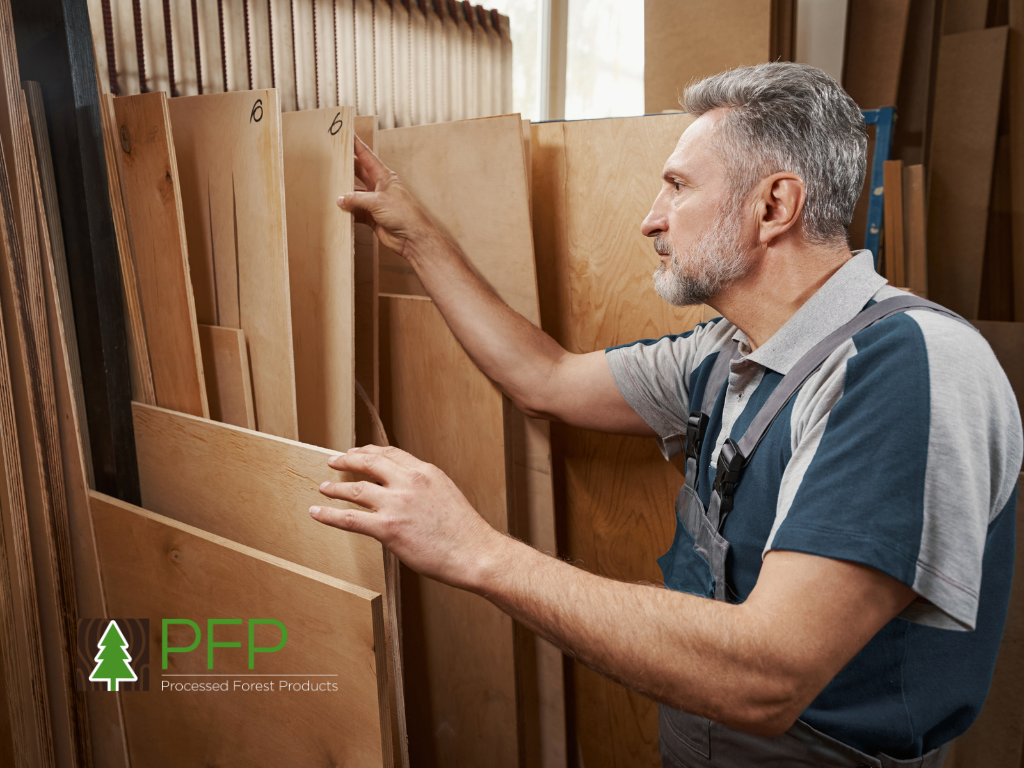 Understanding the Properties of Plywood Sheets
Understanding the Properties of Plywood Sheets
Plywood sheets, popular in the construction industry, possess unique properties. Composed of thin layers of wood, or “plies,” glued together, plywood presents an appealing combination of strength and flexibility. To ensure evenness, manufacturers alternate the grain direction of each layer. This method significantly enhances the plywood’s overall durability.
Different plywood types exist, such as veneer board and laminated board. Veneer board consists of a thin slice of timber veneer attached to a base panel. Conversely, laminated board is created by layering thin veneer panels and applying high pressure and heat. Both variations, while unique, maintain the structural benefits of plywood.
Versatility of Plywood in Construction
Among builders, plywood’s versatility is highly celebrated. Often used in framing, flooring, and roofing, it serves a wide array of functions. Timberwood panels, for example, are particularly popular for their high strength-to-weight ratio. The layered structure of these plywood sheets allows them to resist bending and warping.
Plywood, particularly wood boards and timber panels, is also a top choice for interior finishes, thanks to its smooth surface. It works well with paint or stain, letting you tailor its appearance to suit any design aesthetic. Fire rated board, a plywood variant, also offers increased safety for building interiors.
Examples of Plywood Use in Building Projects
Plywood appears in numerous building projects, ranging from residential to commercial applications. For instance, in residential building, plywood serves as a reliable choice for wall sheathing and subfloors. You can also spot plywood in the form of timber wood panel as decorative interior walls.
In commercial construction, fire-rated doors, typically reinforced with plywood, ensure safety and meet building codes. Some builders prefer using specific types of plywood, like American oak veneer, for its grain beauty and durability. Meanwhile, burl veneer plywood provides unique patterns, perfect for adding character to interior design.
Undoubtedly, plywood, including its many forms like timber veneer sheets and wood paneling, offers ample benefits. As timber supplies continue to advance, expect to see more innovative uses for this adaptable material. Whether you’re building a small home project or a large commercial building, plywood is a material worth considering. It’s a testament to the skills and ingenuity of our construction industry.
What is the difference between timber veneer and timberwood panels?
Timber veneer refers to thin slices of wood typically adhered to a base panel, giving the appearance and feel of solid wood while being more economical and environmentally friendly. Timberwood panels, on the other hand, are a form of plywood where thin layers of wood are glued together for strength and durability.
Can plywood be used outdoors?
Yes, plywood can be used outdoors, but it needs to be specifically designed for this purpose. Outdoor or exterior-grade plywood has special water-resistant glue that holds the layers together, ensuring it withstands elements like rain and humidity.
Why are fire-rated doors made with plywood?
Fire-rated doors are often made with plywood due to its ability to withstand high temperatures for a certain period of time. This property helps slow the spread of fire, providing people inside a building with valuable time to escape and firefighters to extinguish the flames.
What is burl veneer and how is it used in construction?
Burl veneer is a type of veneer made from the burl of a tree, which is a round growth that yields wood with unique and intricate patterns. Due to its distinctive look, burl veneer is commonly used in decorative applications like furniture, wall panels, and cabinetry.
What is the environmental impact of using plywood?
Plywood production has a lower environmental impact compared to solid timber because it makes use of more parts of a tree and can incorporate fast-growing, less dense species of trees. However, the adhesives used to bind the layers of wood in plywood can contain formaldehyde, a harmful chemical. Using plywood with adhesives that do not emit formaldehyde can help mitigate this concern.

